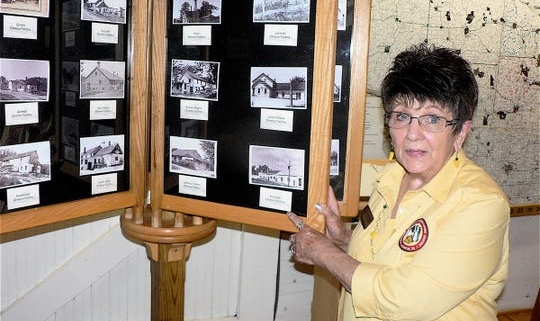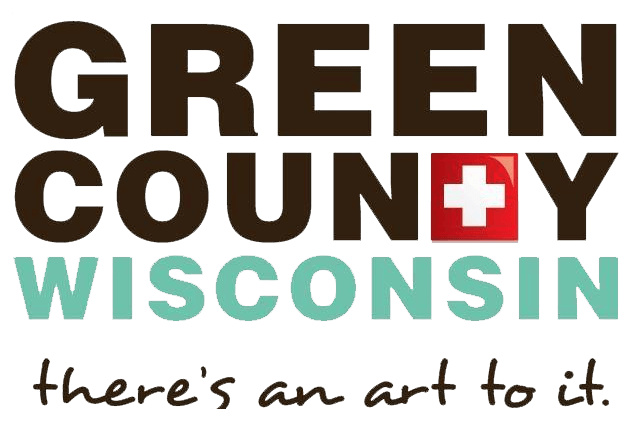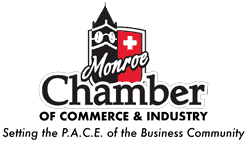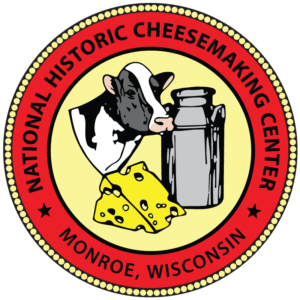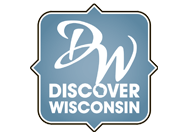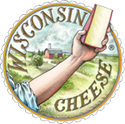National Historic Cheesemaking Center: Visit an era that will never be again [wisfarmer.com]
Original Article by John Oncken Published on 9:55 p.m. CT June 12, 2019 at wisfarmer.com
We Americans eat a lot of cheese, some 37 pounds per year which is double that of 1980. The rise in pizza consumption over those same years has certainly been a major factor in that rise in cheese eating but a host of specialty cheeses hitting the market, along with the longtime standby cheddar has boosted U.S. cheese eating,
Most cheese eaters probably never stop to think about how cheese came about over the years and it certainly did not happen fast or all at once. The National Historic Cheesemaking Center (NHCC) in Monroe offers a look at cheesemaking in Green County as it happened over the years and leading to the county often being referred to as “the Swiss cheese capital of the state.” I last visited the site five years ago and thought it about time to do so again — and did.
The recently reprinted book “Cheese Country — A History of the Dairy and Cheese Industry of Green County” ($20) tells the story well.
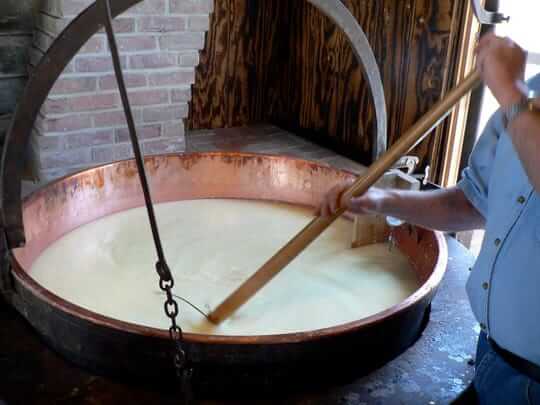
On the second Saturday of June the Imobersteg factor awakens and cheese is made with its original equipment. (Photo: John Oncken)
Women were clearly the first cheesemakers in the county as some were making cheese in their kitchens as early as 1863, the history begins. However, the first male cheesemakers are unclear.
The first
Nic Gerber, a Swiss immigrant, built the first commercial cheese factory in Green County on a farm west of New Glarus in 1868. He bought milk from five area farmers and hired a cheesemaker to make limburger cheese. (The factory site has an historical marker.) Gerber built a second factory, the county’s first Swiss Cheese factory northwest of Monticello and eventually had eight factories.
By 1876, Green County had some 29 cheese factories making mostly Swiss and limburger cheese and by 1902 the number of factories had grown to 195 and in ensuing years there were 345 factories operating (not at the same time). Most of the factories were farmer-owned with a hired cheesemaker.
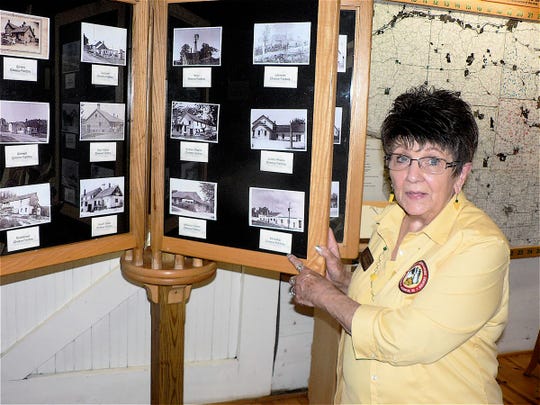
National Historic Cheesemaking Center Director, Donna Douglas, has welcomed visitors from 36 states since opening May 1. (Photo: John Oncken)
Reliving and learning history
You can relive the history of Wisconsin cheesemaking at the National Historic Cheesemaking Center, a not-to-be-missed attraction that has a history of its own. The idea for a cheese history center got its start when Larry Lindgren, Green County tourism director, and John Bussman, a cheesemaker who demonstrated cheesemaking at Monroe’s Cheese Days, were concerned about losing the history, tools and people of early cheesemaking.
After overcoming many challenges, some financing, a working partnership with Historic Monroe and an opportunity to buy (for $1) the closed Milwaukee Road Depot that had to be relocated, worked out and in July 1995 the National Historic Cheesemaking Center was opened to the public.
To read the full article, please visit https://www.wisfarmer.com/story/opinion/2019/06/12/visit-cheesemaking-era-never-again/1427758001/

